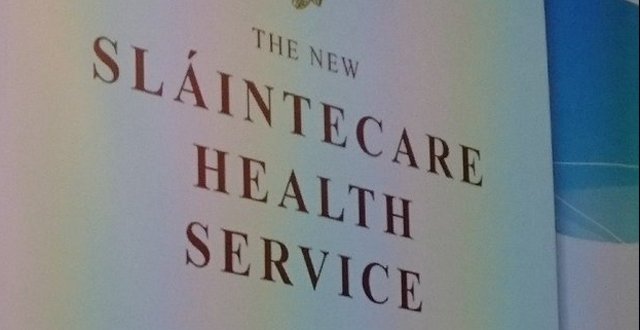
Not long after the appointment of a new HSE CEO and board, and another round in what seems to be the never-ending process of internal reorganisation, the announcement was made that the health service would be divided into six regional areas. The division is based on recommendations in the Sláintecare Report, which called for the establishment of regional bodies to bring decision-making and resource allocation to a local level.
According
to the Minister for Health Simon Harris, the regional division of the health
service will “result in clear financial and performance accountability, empower
frontline staff and devolve authority from the HSE to the local regions. These
proposals will help shape the future of healthcare in this country and will
give the staff, and more importantly, communities a greater role in the
delivery of health.”
The
Irish health service does not have a great record in this area. Take the most
recent example of Hospital Groups. The Establishment of Hospital Groups as
a Transition to Independent Hospital Trusts report by Prof John Higgins, published
in 2013, was intended to usher in a new era for the health service. Like the
recently announced plans, Hospital Trusts were intended to introduce greater
local autonomy and accountability. However, although the Groups have been established,
there remains no sign of the legislation to grant them Trust status. The
outgoing CEO of Cork University Hospital Mr Tony McNamara recently told this
newspaper that the value of the Hospital Group system “remains to be seen”. And
quite where the Groups fit into the new regional model is also open to
question.
The
new regions will be the most ambitious restructuring of the health service
since the establishment of the HSE itself on 1 January 2005. The list of
criticisms the HSE has faced over the last 15 years is too long to recount
here. Chief among them, however, is the charge that the organisation has too
many managers and is overly-bureaucratic. Minister Harris promises the new
structure will not result in an extra layer of management.
Many
see the regional division as a return to the health boards that the HSE
replaced. This goes to show that organising health services is not a
straightforward, linear process. Changes in structure can be reversed. Often
these changes are made for political reasons, such as the Trump
administration’s bid to dismantle Obamacare. Of course, Sláintecare was
designed to take the ‘politics’ out of healthcare, as far as possible. Many
questions remain about how the new regional structure will work and we will
have to see whether the solutions to the health services’ problems are to be
found in its past configuration.





Leave a Reply
You must be logged in to post a comment.